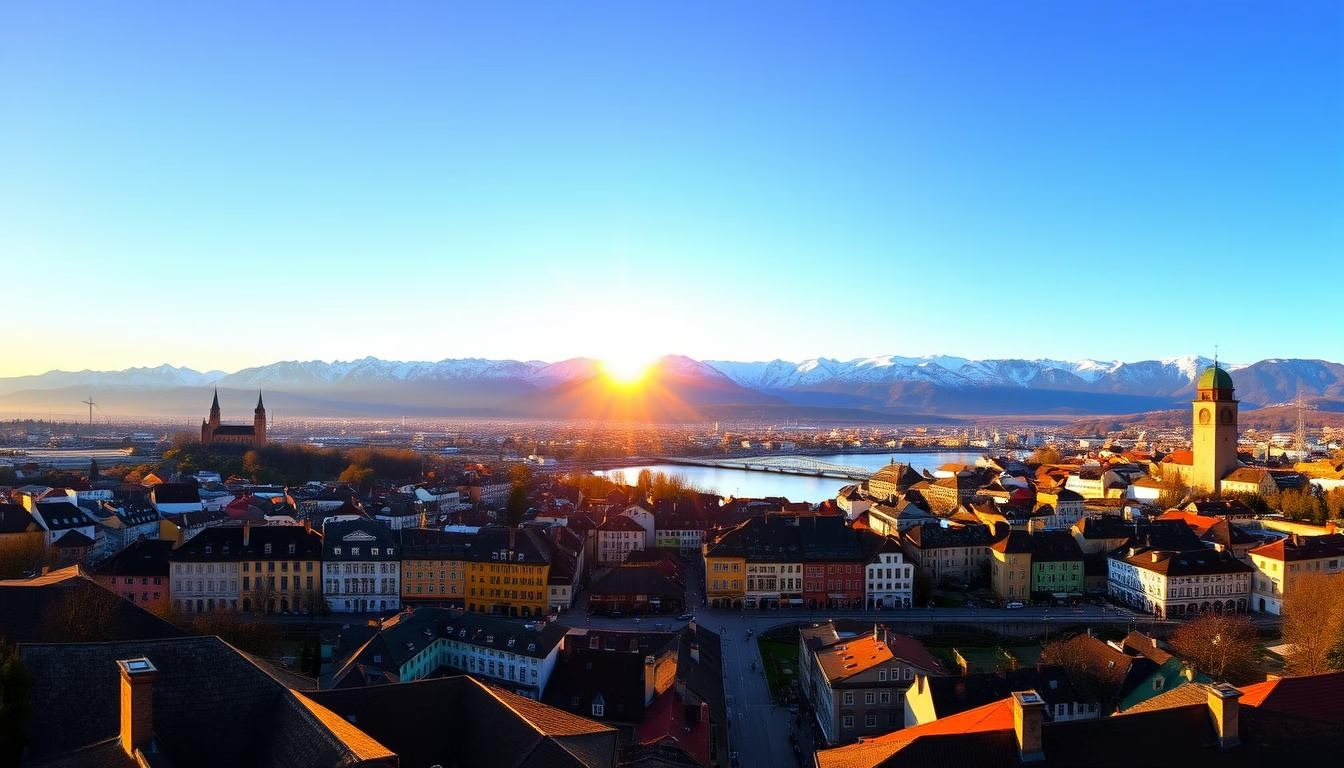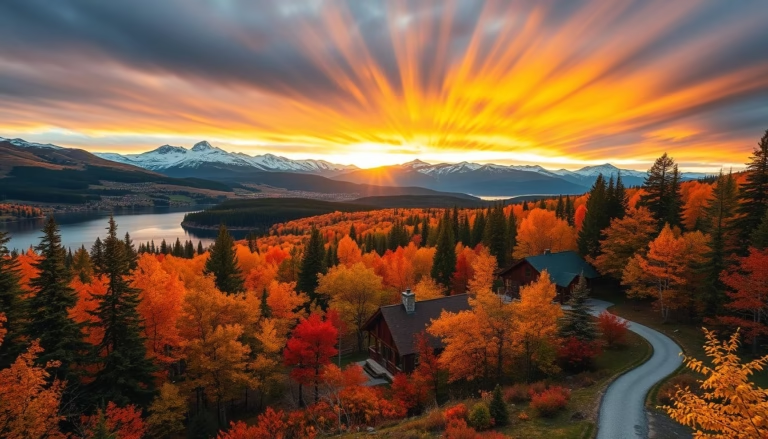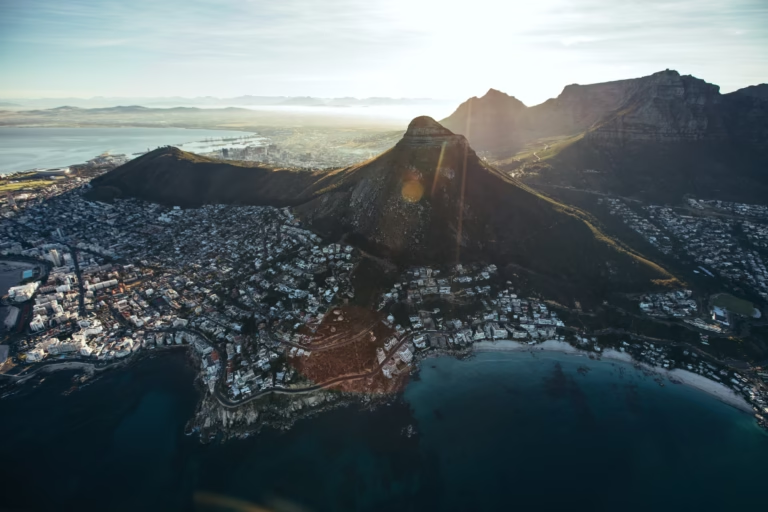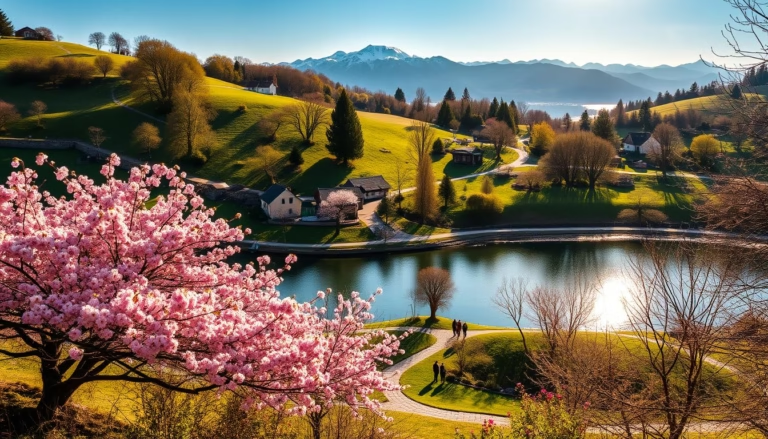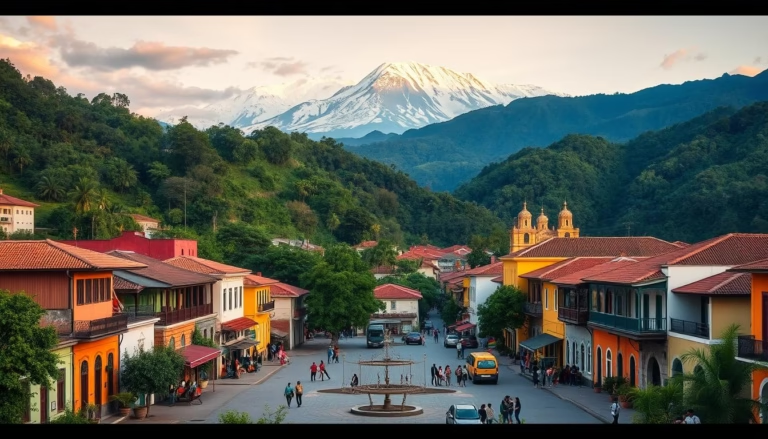Best Cities to Visit in Switzerland: Travel Tips & Insights
Did you know Switzerland’s Alps cover 60% of the country? That’s more mountain terrain than the entire state of Colorado. Dubbed the “Playground of Europe,” this compact nation packs glaciers, lakes, and storybook villages into an area smaller than New Hampshire. You could ski powder-fresh slopes at sunrise and sip wine by a lakeside castle by sunset.
What makes this country special isn’t just its landscapes. Efficient trains glide past emerald valleys, while cable cars whisk travelers to peaks where cowbells echo like nature’s wind chimes. Every route feels like a curated adventure—even the “commute” between destinations becomes part of the magic.
Seasonal versatility adds to the appeal. Summer hikers conquer trails through wildflower meadows, while winter transforms slopes into powdery wonderlands. Cities blend modern energy with medieval charm, offering chocolate boutiques steps from cutting-edge museums.
Key Takeaways
- Switzerland’s Alps dominate 60% of its terrain, creating endless outdoor opportunities
- Compact size allows easy exploration of diverse landscapes in minimal time
- Scenic trains and cable cars turn transportation into sightseeing adventures
- Year-round appeal: summer hiking and winter skiing are equally accessible
- Urban hubs balance cosmopolitan culture with historic architecture
- Known for reliability and quality, ideal for stress-free travel planning
Discovering Charming Swiss Old Towns
Walking through Switzerland’s historic centers feels like flipping through a living storybook. These pedestrian-friendly districts preserve centuries of heritage through winding alleys and buildings that whisper tales of merchants, knights, and clockmakers. What makes them truly special? They’re not frozen in time—you’ll find artisan gelato shops tucked beneath medieval arches and boutique hotels in former guild halls.
Historic Streets and Cobblestone Alleys
Lucerne’s Old Town dazzles with frescoed facades painted in ochre and crimson, their detailed murals depicting local legends. Zurich’s Altstadt buzzes with energy—narrow lanes lined with cafes spill onto squares where street musicians play. Don’t miss Bern’s six kilometers of covered arcades, perfect for rainy-day explorations.
Architectural Gems and Iconic Landmarks
Bern’s Gothic cathedral towers over the Aare River, its spire piercing the sky like a stone needle. The Zytglogge clock tower isn’t just a timekeeper—its 13th-century astronomical dial inspired Einstein’s theories. Churches like Basel’s Münster reveal intricate stained glass that glows like jewel boxes when sunlight hits.
Pro tip: Visit during December when cobblestone squares transform into festive markets twinkling with lights. Summer brings flower-box balconies and al fresco dining in hidden courtyards. Whether you’re hunting for vintage watches or snapping photos of turreted rooftops, these districts blend past and present effortlessly.
Exploring Lakeside Wonders: Lake Geneva and More
Stretching like liquid sapphire between Alpine peaks, Lake Geneva captivates with its dual identity. This crescent-shaped marvel spans two countries—Swiss precision meets French joie de vivre along its shores. Terraced vineyards cascade toward the water, creating Europe’s most photogenic wine country.
Mesmerizing Lake Geneva Views
Glacial waters sparkle under mountain-framed skies, offering endless photo ops. Ferries glide past Belle Époque towns where paddleboarders share the lake with swans. For panoramic views, hike the Lavaux trails—UNESCO-protected slopes where grapes ripen just feet from lapping waves.
Vineyards, Castles, and Waterfront Cafes
The Lavaux region’s stone-walled vineyards produce crisp Chasselas wines best tasted at family-run domaines. Don’t miss Chillon Castle—its dungeon walls rise straight from the water, whispering tales of medieval prisoners. Along promenades, cafes serve fondue with a side of French-accented charm.
Pro tip: Hop a vintage paddle steamer to explore hidden bays. Sunset transforms the lake into liquid gold—perfect for sipping local white wine as lights twinkle in distant villages.
Mountain Adventures and Panoramic Vistas
Where earth scrapes the sky, Switzerland’s peaks offer more than postcard views—they deliver pulse-quickening adventures. The Jungfrau region’s legendary trio—Eiger, Mönch, and Jungfrau—stand like frozen giants, their 4,000-meter summits challenging even seasoned climbers. Jungfraujoch, Europe’s highest train station at 3,454 meters, serves as your gateway to ice palaces and vistas stretching to the horizon.
Thrilling Alpine Excursions
Zermatt’s Matterhorn isn’t just a mountain—it’s a 4,478-meter icon. The Matterhorn Glacier Paradise cable car whisks visitors above glaciers where the air crackles with alpine energy. “These aren’t just mountains—they’re living geology lessons,” says a local mountaineer guide.
Trails here cater to all explorers. Gentle paths wind through wildflower meadows, while rugged routes test endurance. Summer transforms slopes into hiking wonderlands, with cable cars offering shortcut access to eagle-eye views. Come winter, these same peaks become powdery playgrounds for skiers.
Don’t miss the rare chance to see four countries from a single vantage point. On clear days, summit lookouts reveal France’s Mont Blanc and Italy’s Lombardy plains—a geographic marvel that turns every glance into a continental discovery.
Cultural Capitals and Timeless Heritage
Switzerland’s urban gems prove culture thrives where cobblestones meet contemporary design. Beyond chocolate shops and mountain vistas, the country’s capital and largest city safeguard artistic treasures that span centuries.
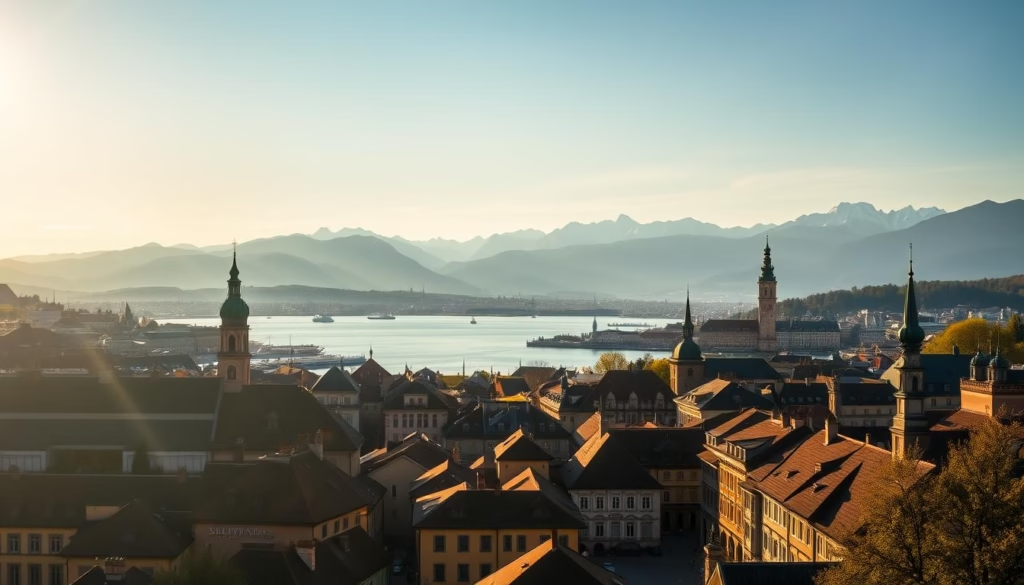
Medieval Charms in Bern
Bern’s UNESCO-listed Old Town feels like walking through a physics textbook come to life. The Einstein-Haus, where the scientist developed his relativity theory, sits unassumingly beside arcaded shopping streets. Three major institutions anchor its cultural scene:
- Kunstmuseum Bern: Switzerland’s oldest art museum, housing works from the Renaissance to modern eras
- Zentrum Paul Klee: A wave-like structure “designed to make art feel alive”, according to visitors
- Federal Palace: The neoclassical parliament building offering free public tours
Modern Attractions in Zurich
Zurich’s cultural landscape dazzles with contrasts. The Kunsthaus museum displays Munch’s The Scream just blocks from Roman baths unearthed beneath a department store. Don’t miss:
- Fraumünster’s stained-glass windows by Marc Chagall—blues and greens dance across 12th-century stone
- Rietberg Museum: Asian and African art in a villa surrounded by cherry trees
- Viadukt Arches: Converted railway viaduct now home to indie boutiques
Pro tip: Grab a Zurich Card for free transit and museum discounts. In Bern, time your visit for Thursday evenings when museums stay open late with live music. These cities transform cultural exploration into an urban adventure where every corner reveals new layers of history.
Scenic Swiss Train Journeys and Rail Adventures
Switzerland’s railways transform travel into a front-row seat for nature’s greatest hits. These engineering marvels climb gradients steeper than 48% while offering climate-controlled comfort—a rare blend of thrill and ease. Whether skirting glacier edges or rolling through vineyard-covered hills, every route turns transit into unforgettable sightseeing.
Iconic Routes and Breathtaking Scenery
The candy-apple-red Bernina Express delivers four countries in one ride. This UNESCO-listed route glides from St. Moritz’s frosty peaks to Tirano’s palm-lined plazas—a 144km journey crossing 55 tunnels and 196 bridges. Passengers often gasp as the train loops around the Brusio spiral viaduct, cameras snapping furiously.
For vertical drama, the Gornergrat Railway ascends to 3,089 meters—Europe’s highest open-air cogwheel line. Open windows let you hear the crunch of Gorner Glacier ice while smelling alpine herbs. Pro tip: Time your ride for September when crowds thin but golden larch trees blaze.
The Jungfrau Railway tunnels through the Eiger to reach “Top of Europe” at Jungfraujoch. Here, visitors step onto the Aletsch Glacier, the largest ice stream in the Alps. Meanwhile, the Lucerne-Zurich route proves even short trips dazzle, with lake reflections dancing across carriage windows.
Most routes accept rail passes, though mountain lines often require seat reservations. Morning departures beat midday haze for clearer views. As one conductor notes: “Our trains don’t just move people—they move perspectives.” With zero parking headaches and lower carbon footprints, these journeys redefine what travel can be.
A Guide to the best cities to visit in switzerland
Switzerland’s appeal stretches far beyond its landscapes—it’s a playground for every travel style. Whether you’re chasing adrenaline with kids or dancing until dawn, these destinations deliver tailored adventures.
Family-Friendly Destinations
Interlaken redefines family vacations with adventures scaled for all ages. Kids giggle through forest zip lines while parents admire Eiger views from mountain terraces. “We found thrills without the spills,” shares a recent visitor, praising the area’s safety-focused rafting tours.
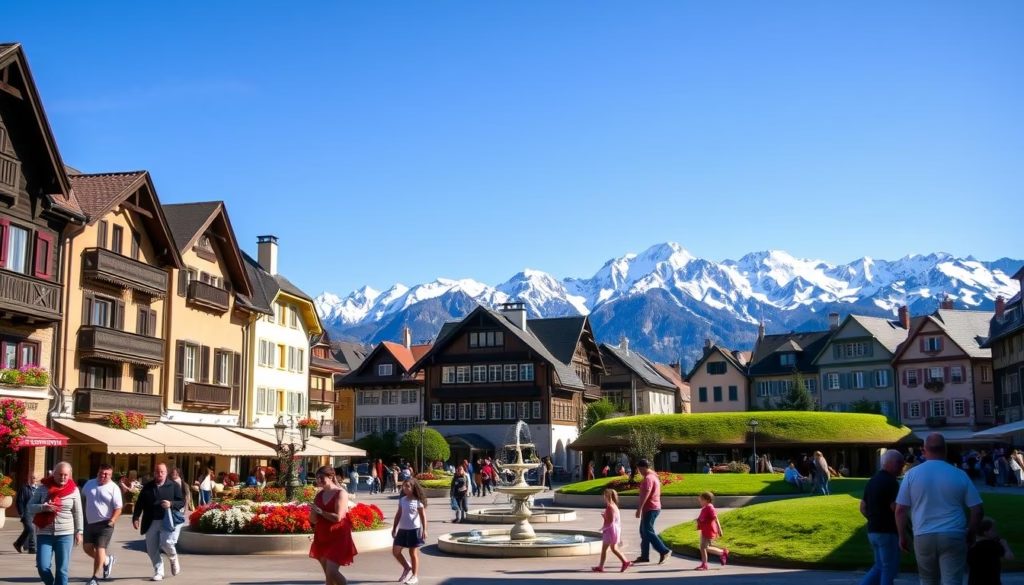
Stanserhorn’s open-air cable car delights young explorers, its panoramic decks revealing grazing ibex herds. Many urban hubs offer interactive museums—Zurich’s Zoological Museum lets children “dig” for dinosaur bones in climate-controlled comfort.
Nightlife and Entertainment Hotspots
When sunsets paint the Alps pink, Zurich’s Limmatquai awakens. Waterside bars serve elderflower spritzes as DJs spin house beats under historic bridges. Basel’s Rhine River becomes a social hub—locals float downstream with waterproof picnic bags during summer evenings.
Winter transforms mountain towns into glittering social scenes. St. Moritz’s après-ski parties feature champagne showers, while Bern’s cellar taverns host folk music sessions. For late-night energy, Geneva’s Plainpalais district buzzes with craft cocktail speakeasies until 4 AM on weekends.
Pro tip: Check regional calendars—Lucerne’s Blue Balls Festival in July brings jazz to lakefront stages, while December turns every town square into a mulled-wine wonderland. From electronic festivals to cozy wine caves, Swiss urban centers pulse with life after dark.
Local Cuisine, Markets, and Culinary Trails
Switzerland’s culinary scene is a hidden tapestry where every bite tells a story of tradition and terrain. Wander through villages where cheese wheels age in alpine cellars and chocolate artisans craft bars with single-origin cocoa. This is where farm-to-table isn’t a trend—it’s a centuries-old way of life.
From Alpine Dairies to Chocolate Crafters
Follow your nose to Visp’s Pürumärt market, where farmers share stories alongside heirloom apples and nutty Heida wine. In summer, cobblestone alleys lead to gelato shops serving saffron-infused scoops. For Michelin-starred magic, St. Moritz dazzles with over 100 restaurants—some pairing fondue with views of frozen lakes.
Don’t rush. Swiss meals are meant to linger, like the crispy rösti you’ll savor foot from a bubbling copper pan. Local vintners pour rare Cornalin reds you won’t find beyond these valleys—regional specialties worth every minute of your time. Whether nibbling Zürcher Geschnetzeltes in a timbered tavern or sipping Aargau cherry liqueur, you’re tasting a world shaped by mountain pastures and multilingual heritage.
